A real point of confusion for individuals from outside Chicago is the interplay of Chicago, its neighborhoods, its suburbs, and all the related terminology. Honestly, I’m continually surprised by how often this issue comes up.
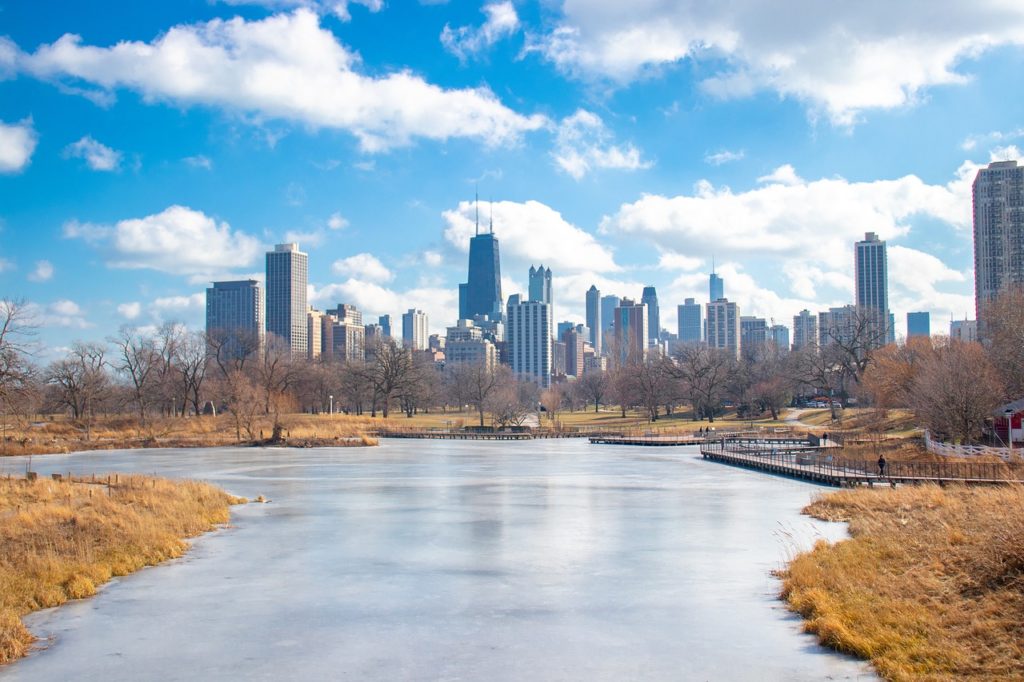
Why Write This Post? Am I Just A Pretentious Jerk?
About 30% of the reason I’m writing this post is just to vent. The other 70% is so that people who are new to the city can navigate a conversation without embarrassing themselves.
Let’s say you’re moving to Chicago, and your real estate broker asks “where are you looking at living?” And you say “I’m not sure, but I don’t think I really want to be in the city.” It’s important that you both mean the same thing. To you, this may mean “I’d like to live in a neighborhood with some character, not just tall buildings.” while to her it means “I’m planning on living in a suburb two hours outside of the city.”
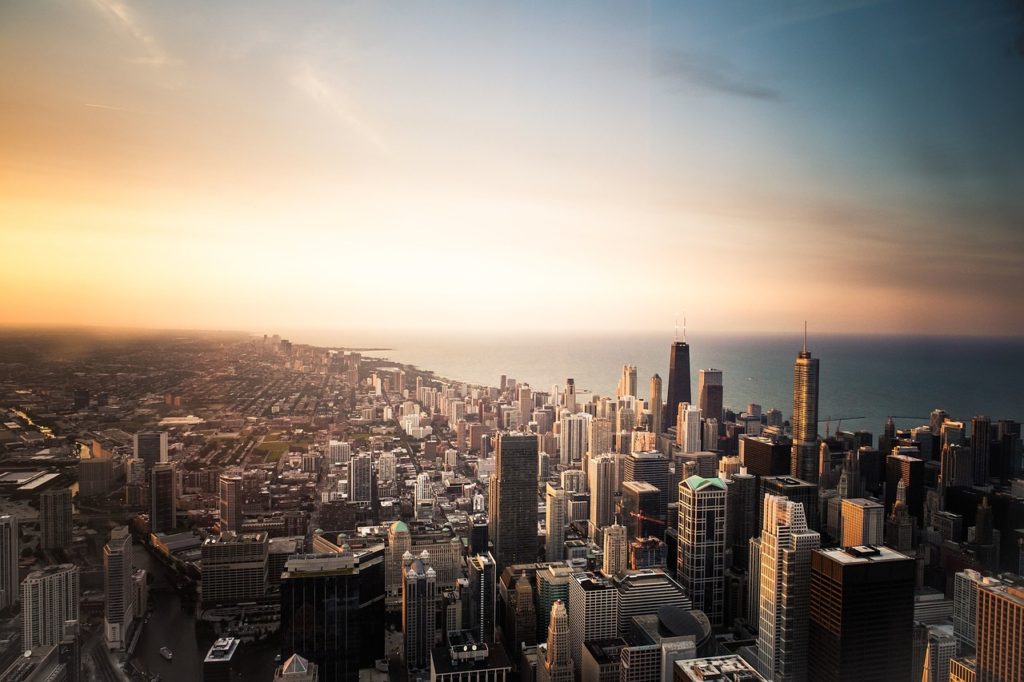
This isn’t a problem unique to Chicago, by the way. If you ever heard me try and talk about New York City, I’d sound like a doofus because my conception of what “the city” refers to is completely at odds with how many New Yorkers use that term.
This post is around ten quick tips or things to remember when discussing Chicago, its neighborhoods, and its suburbs. I tried to order these in the most reasonable way possible, but they’re all interrelated, so you might need to jump back once or twice.
Chicago and Its Neighborhoods
We’ll begin with the relationship between Chicago and its neighborhoods.
Chicago is a city.
Let’s start with a simple one. Chicago is a city. It is a city in Cook County, Illinois. As a city, it has its own local government that sets most major policies for the entire city. It has its own police department, fire department, and transit authority. If you are mailing something to someone who lives in Chicago, you will write “Chicago, IL” on the envelope.
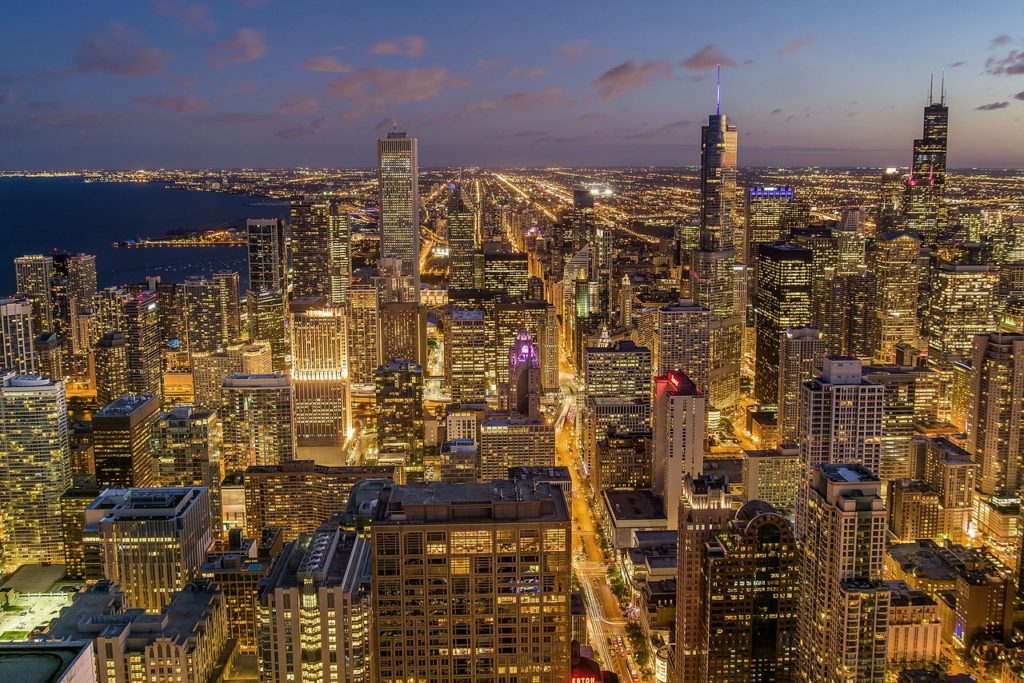
Chicago has three “sides.”
Chicago can roughly be broken down into the North Side, the West Side, and the South Side.
There is no large “East Side” contingent of neighborhoods because Lake Michigan and Indiana sit to the east of downtown. Some neighborhoods in the southeast of the city, such as the aptly named “East Side” neighborhood and Hegewisch could be considered the East Side, though.
People tend to be most familiar with the North Side and South Side designations, and admittedly things would be easier to map out with only two sides. However, as I formerly worked in the West Side and worked with many members of its communities, I’m in the camp that defends it as a very distinct part of the city.
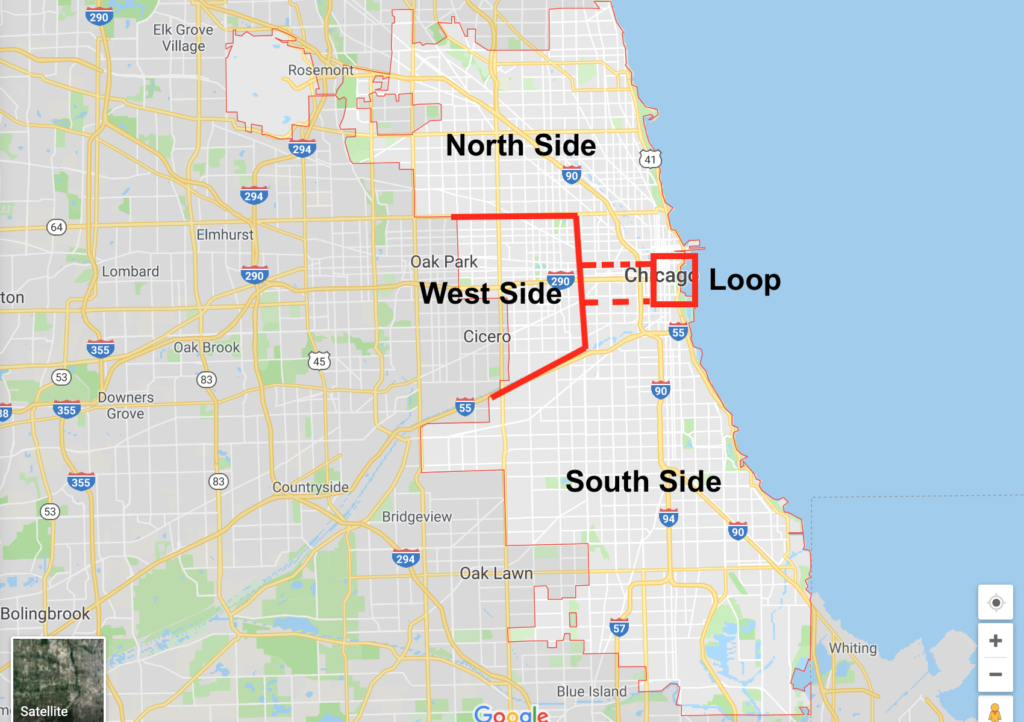
The sides aren’t neighborhoods, and they don’t even have many official sources that designate them. However, people do commonly divide the city according to them. Very roughly, I’ve drawn out the above map that breaks down the three sides of the city (we’ll get to “The Loop” later).
Those dotted lines serve to emphasize the ambiguity of these designations. Especially near the Loop (downtown), it’s uncommon for people to claim to be a part of either the North Side or South Side.
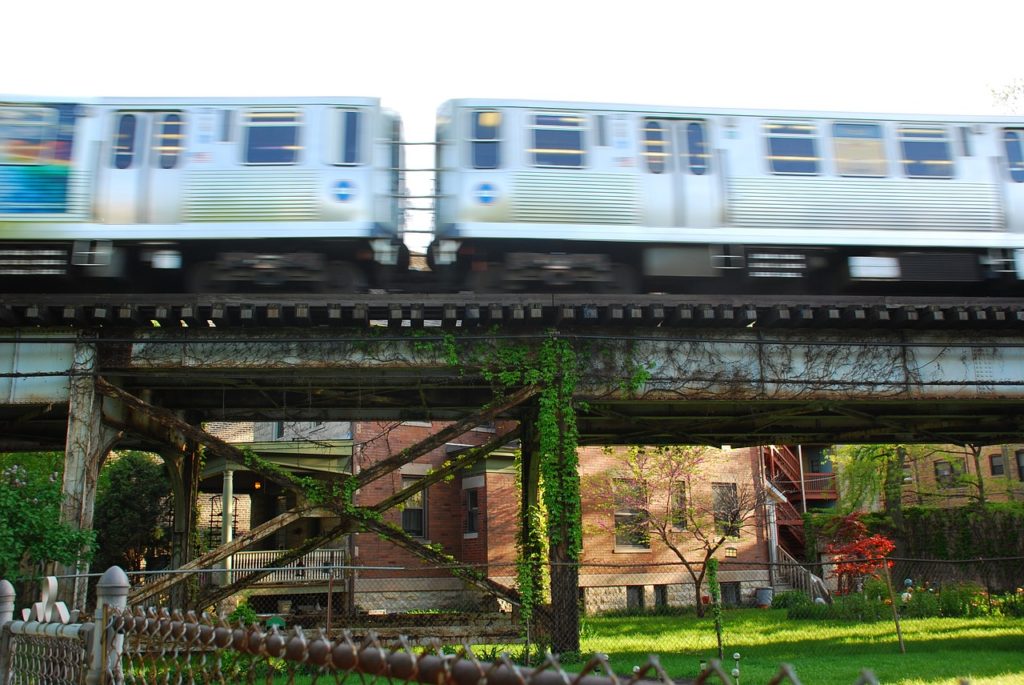
As we discuss in our guide to navigating Chicago, the North and South sides roughly divide according to whether a street address is “North” or “South.”
In practice, the south side is often thought to start at Roosevelt Road, which has an address of 1200 South. Roosevelt is often used in conversation as the cultural dividing line, as in “Oh you think you know this city? Psh, I bet you’ve never been south of Roosevelt.”
Neighborhoods are a part of Chicago.
Like most large cities, Chicago has neighborhoods. These neighborhoods have names, and they are all still a part of Chicago. Some neighborhoods are centrally located and contain famous landmarks, like the Loop, Gold Coast, Streeterville, and River North.
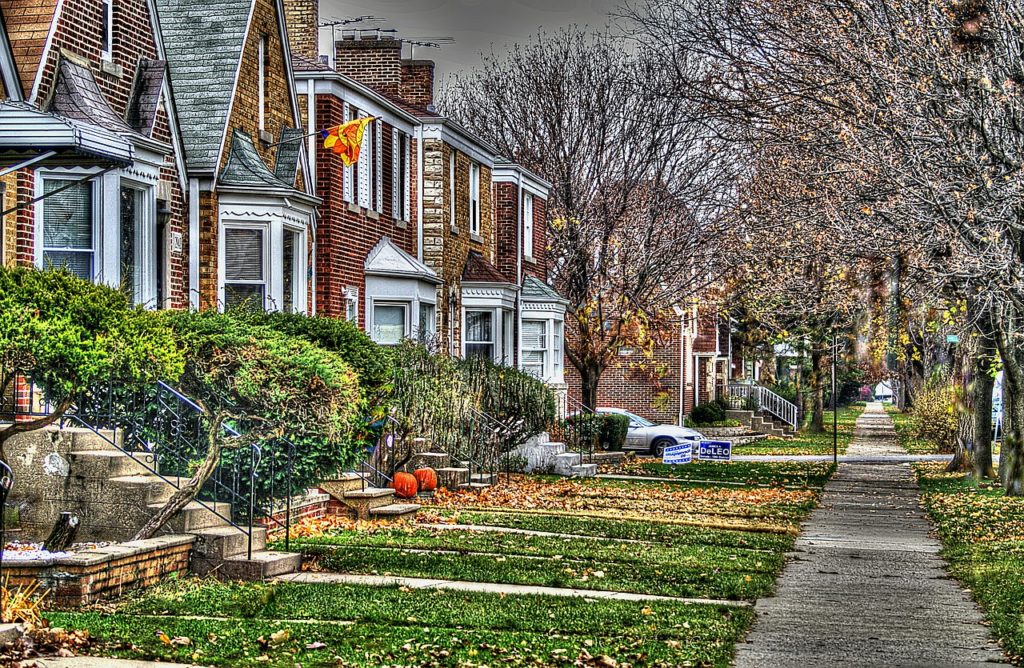
Other neighborhoods are not at all centrally located and contain nothing notable to most people. Anyone know where Schorsch Village is? Well I do, but only because I grew up there.
If you wanted to mail a letter to someone who lived in Hyde Park, a neighborhood in Chicago, you would write “Chicago, IL” on the envelope.
Neighborhoods are official and unofficial.
There are 77 community areas (official term) in Chicago that are used to breakdown the city for official city purposes. However, some sources claim over 200 neighborhoods.
As you can guess, neighborhoods are often contained within communities areas or other, larger neighborhoods. A really easy one is Wrigleyville–the neighborhood containing Wrigley Field is part of the larger neighborhood of Lakeview.

The Chicago Municipal Code refers to 178 neighborhoods, but the list is so old and obscure that it’s official in name only, and even Google struggles to track down the map. I believe this is a version of it.
There are significant cultural differences across Chicago neighborhoods, and these often change just as soon as you cross a street. DNAInfo has one of my favorite pieces on Chicago’s neighborhood boundaries.
Every so often it even seems like developers are trying to make up new neighborhoods. You might think from the name “AMC River East” that “River East” is a neighborhood, but in fact it just refers to a single development complex.
Chicago and Its Suburbs
Having covered neighborhoods, let’s talk suburbs.
Chicago is in Chicagoland.
Chicago is a part of Chicagoland (or the Chicago Metropolitan Area), which is a term used to refer to Chicago and its nearby suburbs.
Suburbs are not a part of Chicago.
They are separate cities or towns or villages or whatevers with their own governments (and police, and fire departments, etc.). I understand why, for the sake of convenience, some people from suburbs may occasionally say they’re from Chicago.

I honestly don’t mind if people from the suburbs want to say they’re from Chicago for conversational convenience. But it’s important for clarity across all conversations for people to understand the suburbs are not actually a part of the city.
If you wanted to mail a letter to someone who lives in River Forest, a suburb of Chicago, you would write “River Forest, IL” on the envelope.
Suburbs are not neighborhoods; neighborhoods are not suburbs.
This is a constant source of confusion. If someone asks where I’m from and I say “Chicago” a typical response is “what part?”
If the person is from the city, I know this actually means “what neighborhood?” If they’re not, I know it usually “what suburb?” which is also a common non-sensical response to saying you’re from Chicago.

When I lived in Hyde Park, I’d say something like “Hyde Park, it’s a neighborhood on the South Side,” and I’d get responses like “oh so the suburbs?”
HUH?
But if I just say “the city” people then occasionally ask something like “Oh so like by the Sears Tower?” forgetting that Chicago is a huge city of three million people and almost none of us live near the Sears Tower (actually now “Willis Tower”). Which brings us to…
“The City” and “Downtown”
“Downtown” is an informal part of Chicago.
If you’re not a native speaker of American English, let me first clarify that “downtown” typically refers to the commercial / cultural center of a city.
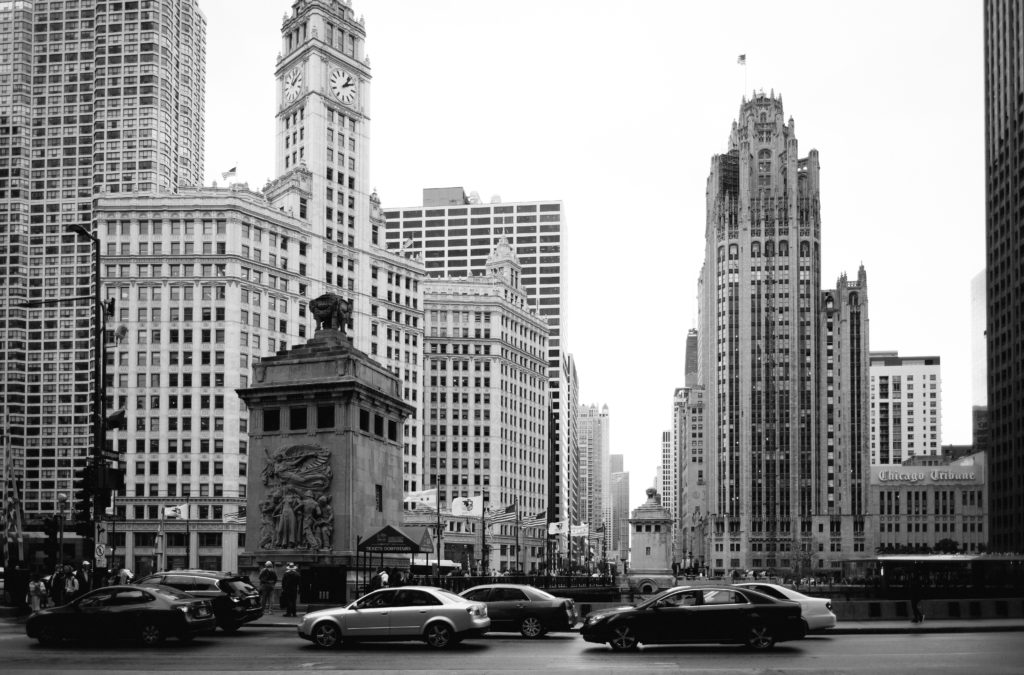
There’s no official “downtown Chicago.” The closest formal area to assign that term to would be the Loop. The Loop is a neighborhood in Chicago that is bounded by the Chicago River, Lake Michigan, and Roosevelt Road (the southern border is the most disputed).
The Loop is the central business area for the city and a major transit hub in addition to being home to several cultural landmarks, like Millennium Park and the Art Institute of Chicago.
The Loop is definitely smaller than the common understanding of the term “downtown”, though, as it excludes, for example, the Magnificent Mile.
Our navigating downtown Chicago post explains a bit about finding your way around what we consider the best definition of downtown, which includes the Loop and some neighboring area.
Chicago is “the city.”
In this context “the city” refers to Chicago. If you are in Naperville, a suburb, and were spending the weekend in Chicago, you could say “I’m going into the city this weekend.”
“The city” is not just “downtown.”
I’m familiar with very few Chicagoans who refer to downtown as “the city.” While we have neighborhood pride, we’re all Chicagoans, so to refer to just a small part of Chicago as “the city” doesn’t really make sense.
That said, I’m not going to pretend it doesn’t happen, just that it isn’t standard in my experience. I would love to hear from other Chicagoans on this.
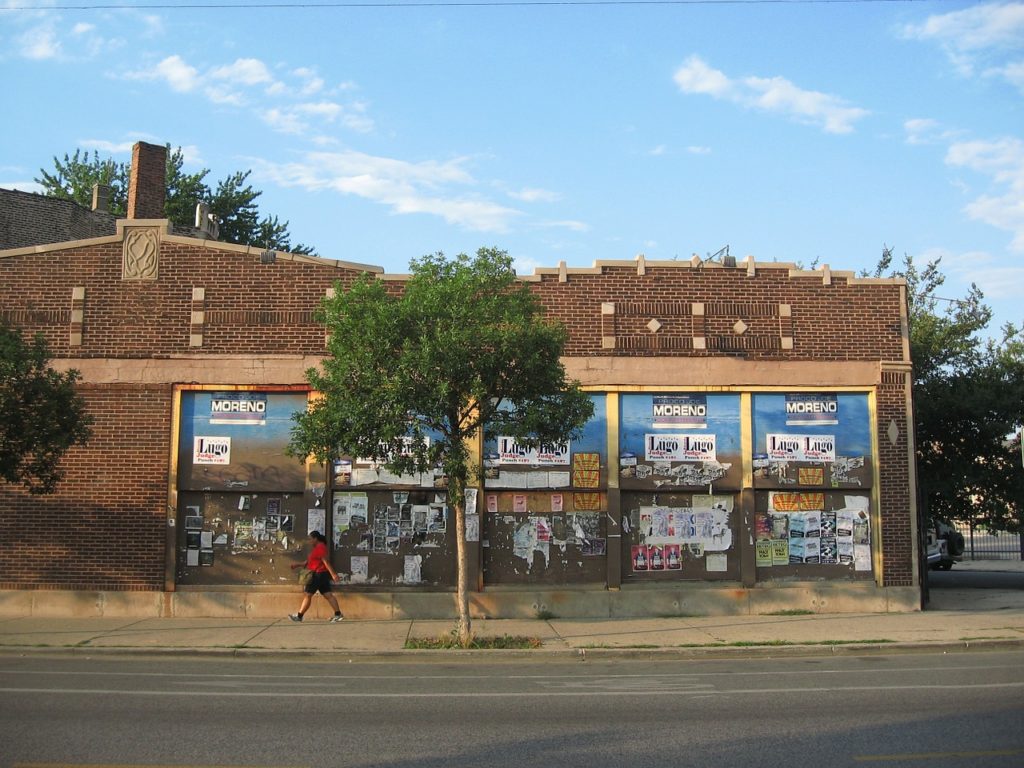
Recapping This Post
Here’s what we’ve learned:
- Chicago is a city.
- Chicago has three “sides” — North Side, South Side, and West Side.
- Chicago has neighborhoods, which are a part of the city.
- There are official and unofficial designations for the neighborhoods.
- Chicago is part of Chicagoland or the Chicago Metropolitan Area, which includes Chicago and its suburbs.
- Suburbs are not a part of Chicago.
- Suburbs are not neighborhoods (or vice versa).
- “Downtown” is an informal part of Chicago that varies based on who you’re talking to (and where you are).
- “The city” just means “Chicago.”
- “The city” is not just “downtown.”

Tom
Tuesday 19th of September 2023
No eastside? What about hedgewich.Used to live there
Kenny
Wednesday 20th of September 2023
thanks. updated post.